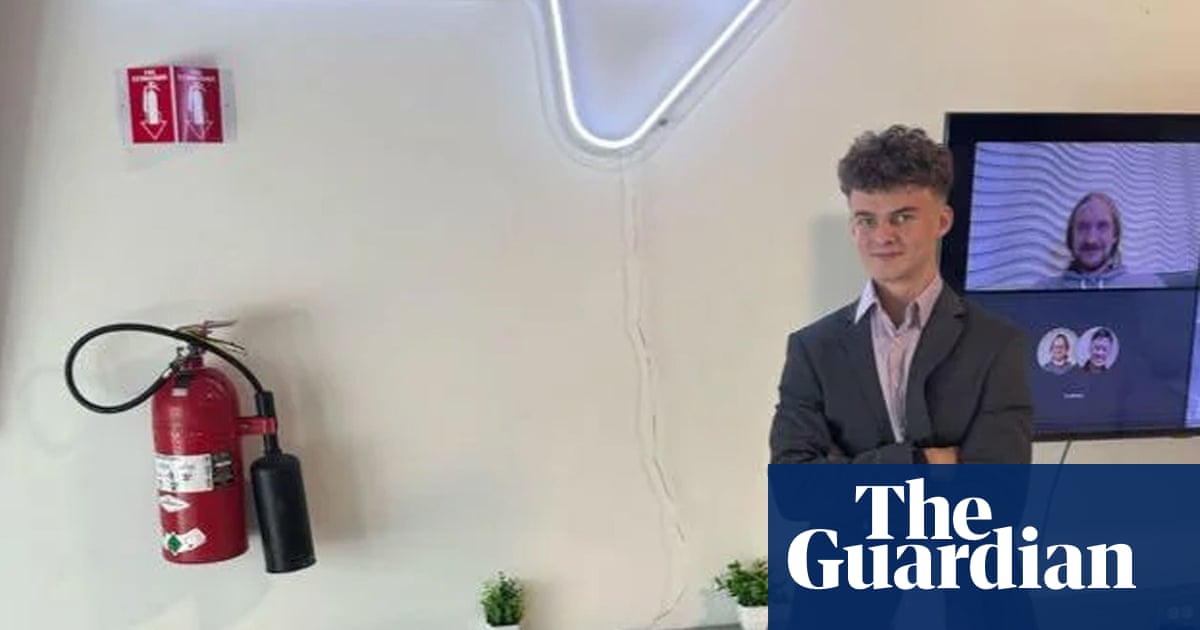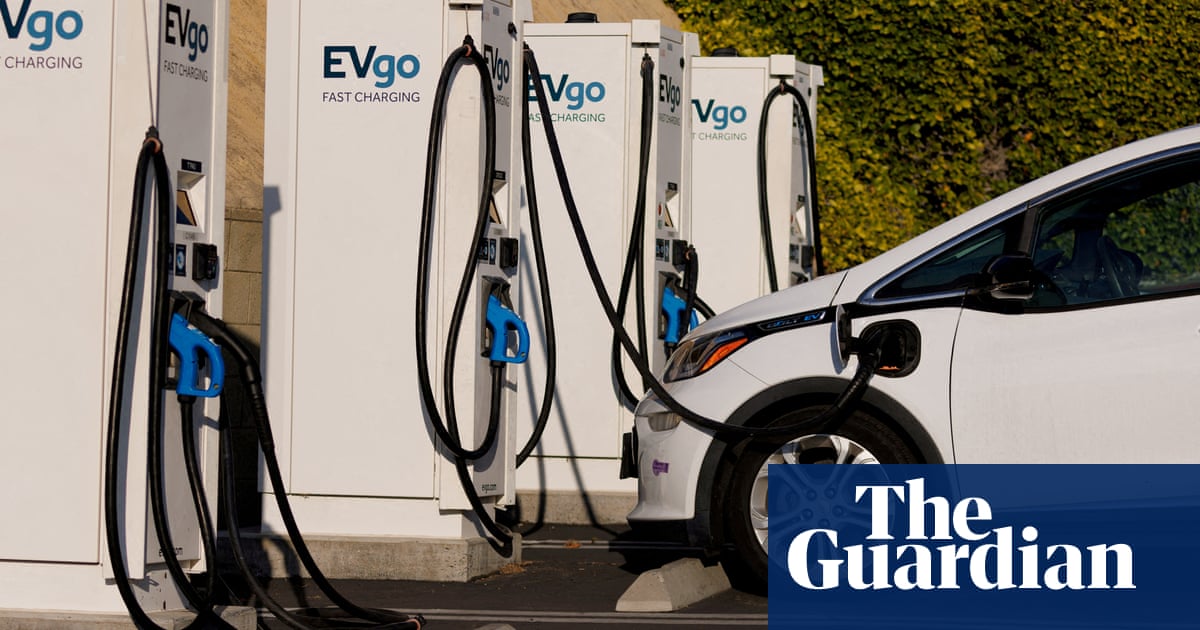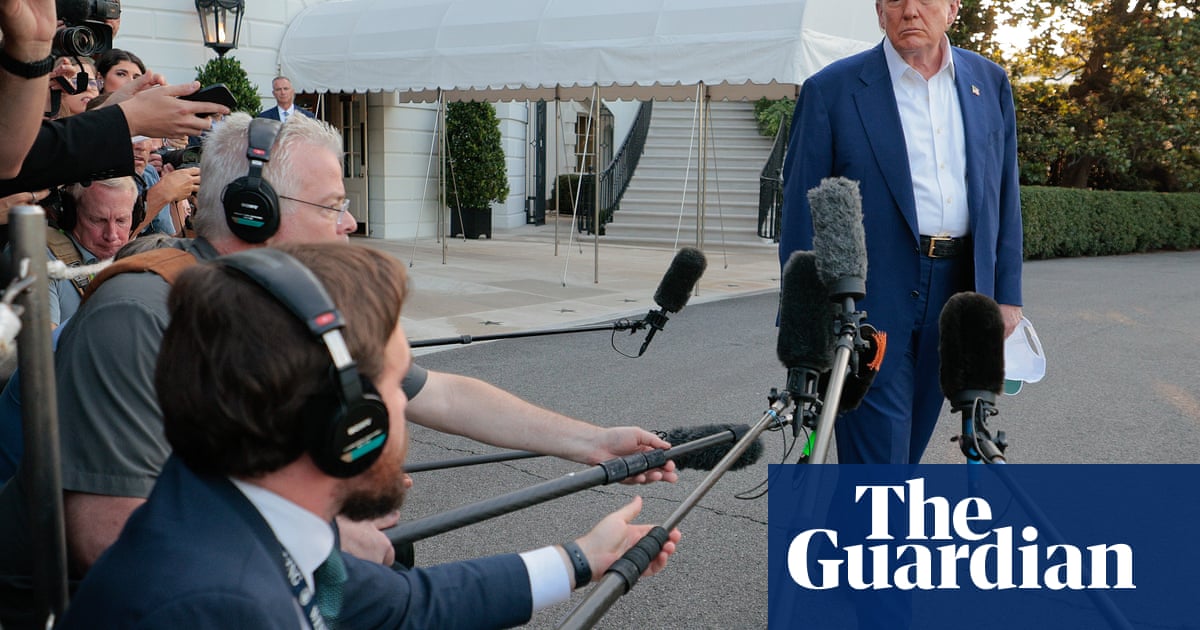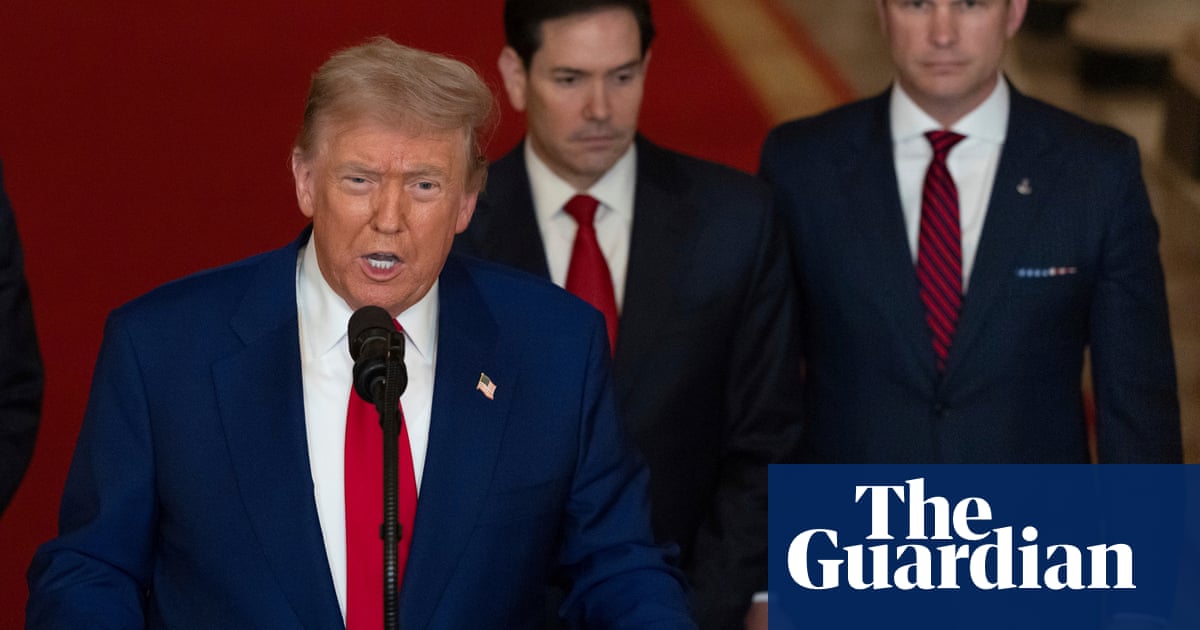ERBIL, Iraq — Hailing the American strikes on Iran as a success, President Donald Trump said late Saturday that the Islamic Republic’s key nuclear sites were “completely and fully obliterated.”
But despite his bullish claims, the extent of the damage to the deeply buried facility at Fordo, as well as sites at Isfahan and Natanz, is unclear and almost 400 kilograms, or 880 pounds, of uranium enriched to 60% are publicly unaccounted for. Power plants require the radioactive metal to be enriched to only 3%-5%, whereas 90% is required to build a nuclear warhead.
Speaking to the United Nations Security Council on Sunday, Rafael Mariano Grossi, the director general of the U.N.'s nuclear watchdog, said damage was visible at the Fordo and Natanz sites after American B-2 Spirit bombers dropped 14 GBU-57 Massive Ordnance Penetrator munitions known as “bunker busters” on them and U.S. Tomahawk cruise missiles hit infrastructure targets at Isfahan.
“Craters are visible at the Fordo site, Iran’s main location for enriching uranium to 60%,” Grossi said. He added that “entrances to tunnels used for the storage of enriched material appear to have been hit” at Isfahan, as had buildings “related to the uranium conversion process.” At Natanz, he said, the fuel enrichment plant had “been hit again.”
But he said that “no one” including his International Atomic Energy Agency, was “in a position to assess the underground damage at Fordo,” and he called for inspectors to be allowed back “to Iran’s nuclear sites and account for the stockpiles of uranium, including, most importantly, the 400kg enriched to 60%.”
The Trump administration and Israel appear confident they know the location of the highly enriched uranium. Speaking to CBS News' “Face the Nation” before Grossi made his assessment, Secretary of State Marco Rubio said Sunday that he doubted Iran had been able to move the enriched the uranium and that “we have to assume that there’s a lot of 60% enriched uranium buried deep under the ground there in Isfahan.”
Iran's Fordo nuclear site Sunday, following the U.S. strike. (Maxar Technologies)
But Jeffrey Lewis, an American expert in nuclear nonproliferation and a professor at the California-based James Martin Center for Nonproliferation Studies, said on X that he was “unimpressed” by both the U.S. and Israeli strikes on Iran because they “failed to target significant elements of Iran’s nuclear materials and production infrastructure.”
Iran’s highly enriched uranium “was largely stored in underground tunnels” near the Isfahan site, he said. But despite extensive American and Israeli attacks on the facility, he said, “there does not seem to have been any effort to destroy these tunnels or the material that was in them.”
He added that there had been “no effort to strike the enormous underground facility next to Natanz where Iran can make more centrifuges and maybe do other things.”
Satellite images taken two days before the strike on Fordo also showed 16 cargo trucks on an access road leading up to the complex. Released by Maxar Technologies, a U.S. defense contractor headquartered in Colorado, pictures taken the following day show the trucks had moved away from the site.
Tehran is also signaling that its intent to achieve nuclear weapons is undimmed, maybe even strengthened. “Even if the nuclear sites are destroyed, the game isn’t over,” Ali Shamkhani, a top political, military and nuclear adviser to Supreme Leader Ayatollah Ali Khamenei, wrote Sunday on X. “Enriched materials, indigenous knowledge, political will remain.”
An assessment by FilterLabs, which uses artificial intelligence and experts to monitor social media, also suggests that Iranians believed that they would not have been attacked if the country had a nuclear weapon.
“What we have started to see in the last few days is actually Iranians say this is the reason why we should have a nuclear weapon,” FilterLabs founder and CEO Jonathan Teubner told NBC News on Monday. “That if they had one, they would be more protected.”
“The fundamental reality remains that military action alone can only roll back the programme by degrees, not eliminate it fully,” Darya Dolzikova, a senior research fellow at the London-based Royal United Services Institute think tank, said in an op-ed Sunday.
The success of the American attacks, particularly at the Fordo plant, “is not immediately apparent,” she wrote. “Imagery can’t show much about the damage down at the centrifuge enrichment hall, so the U.S. and Israel will be relying heavily on intelligence from inside the Iranian system.”
But even if the destruction was widespread, “Iran retains extensive expertise that will allow it to eventually reconstitute what aspects of the programme have been damaged or destroyed,” she said.
“The Iranian nuclear programme is decades old and draws on extensive Iranian indigenous expertise. The physical elimination of the programme’s infrastructure — and even the assassination of Iranian scientists — will not be sufficient to destroy the latent knowledge that exists in the country," Dolzikova said.
This article was originally published on NBCNews.com

 German (DE)
German (DE)  English (US)
English (US)  Spanish (ES)
Spanish (ES)  French (FR)
French (FR)  Hindi (IN)
Hindi (IN)  Italian (IT)
Italian (IT)  Russian (RU)
Russian (RU) 
























Comments